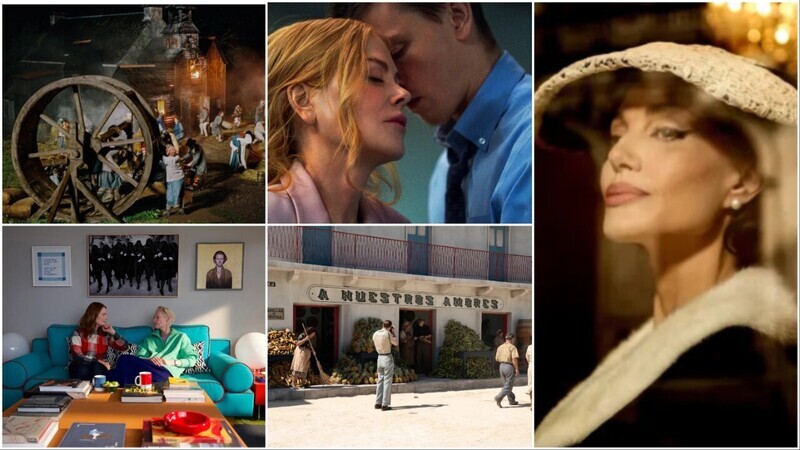Scanners
Jim Emerson
|
2011-09-21
In "In the Cut Part I: Shots in the Dark (Knight)," I sought to pinpoint any and all possible reasons for the confusion I've always felt while watching part of an action sequence in "The Dark Knight." Some dismissed it as nitpicking (which is their prerogative), that criticism should be limited to looking at a movie in real time. But I felt I should go beyond the familiar critical generalizations ("Adjective!" "Adverbly adjective!") and try to locate precisely what I found disorienting and understand why I found it that way.
A few others, unfortunately, became confused about what I actually said or did not say in the 19-and-a-half-minute video, so I thought, for the record, I should publish a transcript to make it easier to reference. (Then I can just send links to those who misunderstand or misrepresent.) I don't write out a script for these essays -- I watch the movie, record what I want to say and then edit my remarks. So this, to the best of my ability, is an annotated transcription (with certain passages in bold for emphasis) of the narration in the finished video:
TITLE: "It's quite easy to over-cut a sequence: make it visually exciting and lose track of what is happening and who the characters are....
"Where you can't follow action, it's not just action, it's the whole movie you can't follow. Action is very difficult, it has to be very carefully planned and conceived."
-- Lee Smith, editor ("The Dark Knight," "Inception"), interviewed in The Australian, October 30, 2010
[More from that interview here.]
NARRATION: The thing is, what he's talking about there is, I think, one of "The Dark Knight"'s most painfully obvious shortcomings. Its visual grammar is a mess and sometimes that results in scenes that are just incoherent.
So, when I saw that quote about action from the editor of "The Dark Knight," I thought maybe I should go back and take a close look at one of the movie's most famous action sequences and look at it like an editor, and try to figure out what information was being conveyed, shot by shot, and what it was that maybe I was missing...






